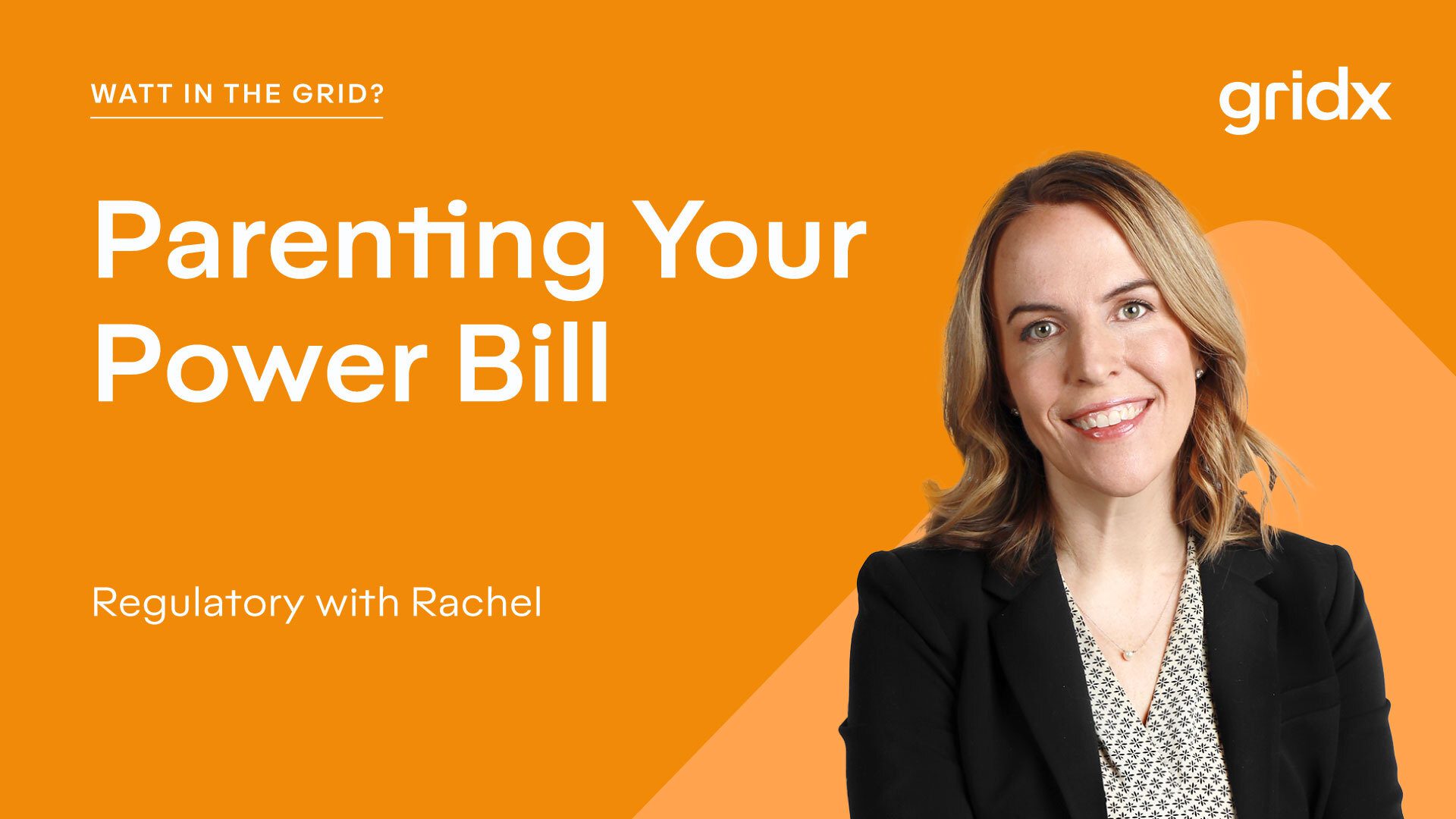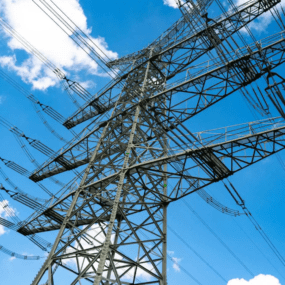Parenting Your Power Bill
Vol. 1 – Watt in the Grid?

Vol. 1 – Watt in the Grid?

Sign up for our newsletter
Stay in the loop with all things GridX and beyond.
People always seem disappointed when I tell them I specialize in energy law. They hear “lawyer” and immediately envision Judge Judy or Perry Mason; a mixture of domestic issues and criminal law, carefully curated for entertainment. Energy lacks the same appeal – as I routinely have to admit to friends and family that I know a lot more about the transmission lines in their front yard than I do about homicide. The obvious question then becomes, “Why would you pick this? It seems so boring!” My response varies depending on my mood and current sleep situation, but I have to admit, I actually think energy law is one of the most interesting areas of law. Particularly as a mom of two small kids, I would argue that navigating the energy landscape – and figuring out the challenges of demand flexibility are pivotal - not only for my career, but for the survival and benefit of the planet at large.
While my children have yet to allow me to come to career day (because alas, I lack the bragging rights of a doctor or a firefighter) I hope one day they understand I picked a path to help preserve their future. In fact, being a mom has actually made me more in tune with how important demand flexibility truly is – because the bulk electric system, just like small children, has a real knack for throwing curveballs at carefully laid plans. Any parent will tell you that raising kids requires access to electricity all the time. Whether it’s needing to leave a light on overnight so your child can sleep or having to run a vacuum unexpectedly mid-afternoon to tackle glitter gone awry, flexibility is the name of the game. We all want the lights to turn on and we all want to save money. And my household dynamic – surely replicated by the tens of thousands – means utilities have the everlasting struggle of reliably producing electricity to meet the varying needs of its customers affordably and cost effectively.
Demand flexibility aims to get customers to adjust their energy usage in response to various signals, incentives, or external factors (ranging from black-and-white cost savings to getting kickbacks for purchasing smart appliances to plain-and-simple altruistic conservation). As states and utilities seek to meet or exceed ever-increasing decarbonization targets, helping customers have and understand their choice of when to use electricity becomes extraordinarily important.
GridX is well-versed in partnering with utilities to educate customers and ensure successful implementation of a variety of demand flexibility measures, including implementing the best time-of-use (TOU) rate structures, demand response programs, and electric vehicle (EV) strategies. There is power (quite literally!) in having the choice of when to use energy. So, while I may have to unexpectedly run a load of laundry after a round of the flu, in general, with the help of my utility and companies like GridX, I am empowered to actually choose when to perform household tasks in a way that benefits not only my checking account, but also the grid at large.
In the aggregate, behavioral shifts at the household level can reduce overall peak load. By meaningfully engaging with and educating its customers, utilities can effectively align customer needs with energy output. Creative rate design makes it possible to integrate more renewables (using more energy when the sun is shining!), reduce costly infrastructure upgrades (reducing peak loads means needing less to deliver it), and efficiently and reliably call upon readily available resources. Remaining flexible means that I can save money and also have the comfort of knowing the lights will still turn on to make a midnight snack for a kid who has a bad dream.
And that makes energy law pretty impressive; in fact, without this work – and without energy - firefighters and doctors could not do their jobs. So maybe, just maybe, I will get invited to career day before I retire.




